
What does putting on your pyjamas mean to you? When you get in from work, do you put on your comfy clothes or do you skip the middle stage out and head straight for your pj’s (or jimmy mcjammies as we refer to them in the Szucs-Hussain house)? Depending on the day’s activity level and the evening’s schedule, I generally bypass putting on my slobs (comfy clothes) and go straight for my bedtime attire. Why not indeed? Putting on my pyjamas symbolises the end of a productive day, a chance to relax knowing that I can fall into bed without the need for any further effort, other than the pre-slumber routine of facial anointing and teeth brushing. A real treat for the family on the first day of every holiday is to stay in our pj’s all day and watch movies, eat our favourite foods, drink hot chocolate and just chill out. In parts of Scandinavia, it would be referred to as hygge (pronounced hoogah) and be celebrated as an integral part of, and attitude towards life. As we approach late autumn, now is the perfect time for a bit of hygge in our lives.
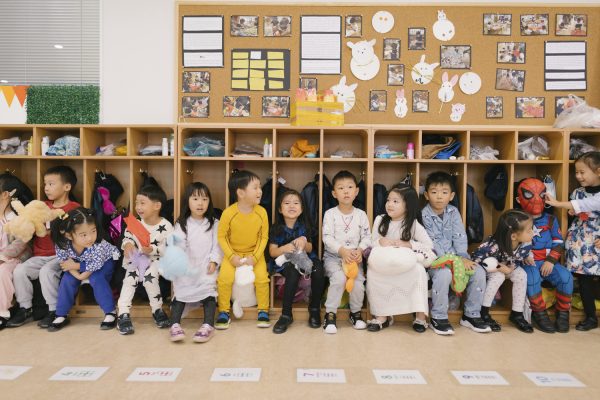
The word pajama, or pyjama as we refer, comes from the Hindi ‘pae jama’ or ‘pai jama’, meaning leg clothing, and its usage dates back to the Ottoman Empire. Alternate spellings include: paejamas, paijamas, pyjamas, and the abbreviated pj's. Pajamas were traditionally loose drawers or trousers tied at the waist with a drawstring or cord, and they were worn by both sexes in India, Iran, Pakistan, and Bangladesh. Pajamas could be either tight fitting throughout the entire leg, or very full at waist and knees with tightness at calves and ankles. They were usually worn with a belted tunic extending to the knees. Although the word is Hindi, similar garments are found in traditional costume throughout the Middle and Far East.https://www.encyclopedia.com/sports-and-everyday-life/fashion-and-clothing/clothing-jewelry-and-personal-adornment/pajamas
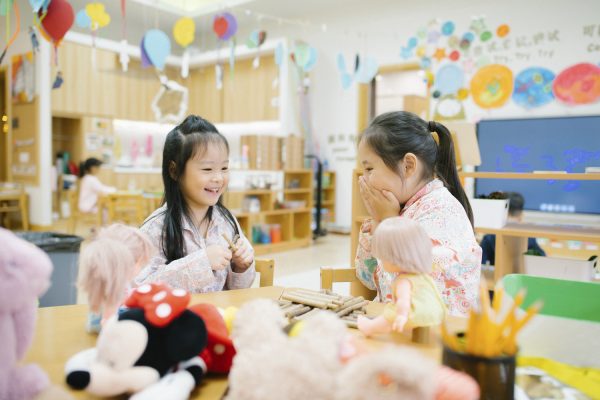
Pyjamas aren't just for sleeping: In the early 1900s, a fashion designer named Paul Poiret created silk pyjamas to be worn out in public during the daytime, as well as in the evening. And today, in some Asian countries, people still like to wear full pyjama sets out in public. In Japan, this trend is taken one step further. Some people go out in something called Kigurumi, which are pyjamas made to look like giant stuffed animal costumes.https://www.sleep.org/facts-about-pajamas/
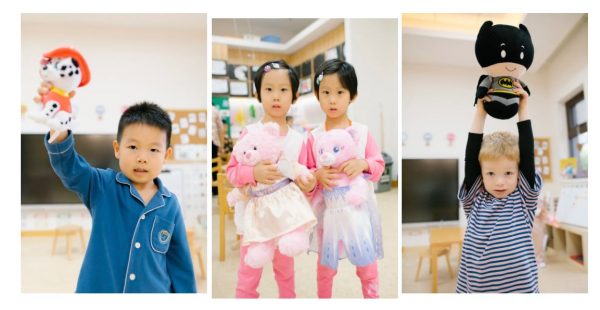
Pyjamas were the central feature during our pyjama picnic day when the children came to nursey wearing their favourite loungewear with their much-loved bedtime companion as a special guest for a day of fun and surprises.
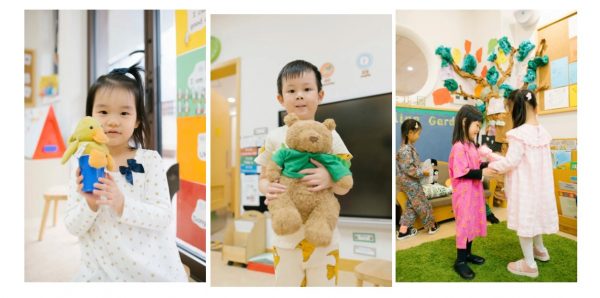
Dress-up days such as these bring an additional element of fun to the nursery and are not only enjoyed by the pupils – the adults get involved too (and not just the ones in the academic team!). They are not considered an excuse to not learn, quite the opposite.
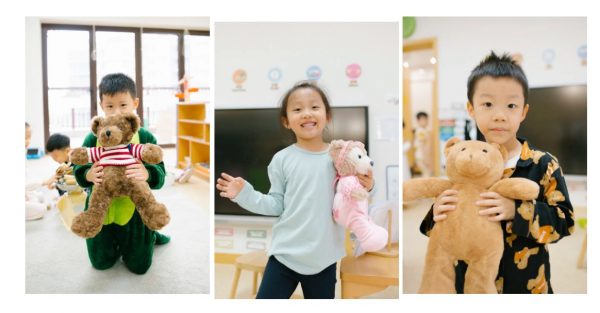
Dressing up promotes self-confidence and self-awareness for all participants and the discussion points, conversations and promotion of language is abundant.

Making jam sandwiches to be enjoyed ensures that fine motor skills are developed alongside independent action and entrusted responsibility. The enjoyment and benefits of having a story read are well-acknowledged. 
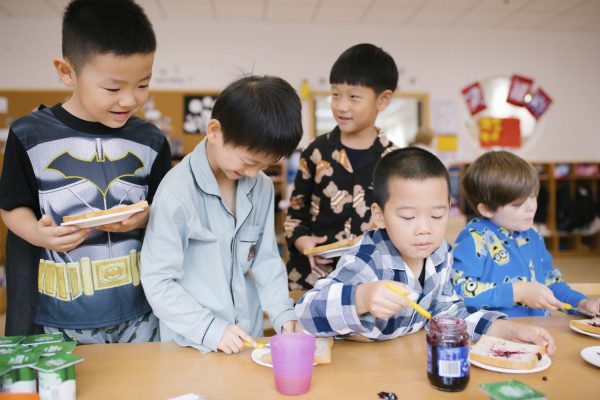
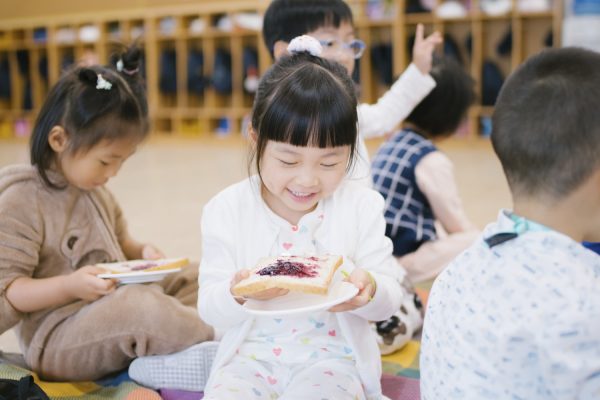
Children learn to love the sound of language before they even notice the existence of printed words on a page. Reading books aloud to children stimulates their imagination and expands their understanding of the world. It helps them develop language and listening skills and prepares them to understand the written word.https://www.readingrockets.org/article/reading-your-child. The children were treated to the voices of teacher parents from the nursery who indulged the children in array of literary adventures
. 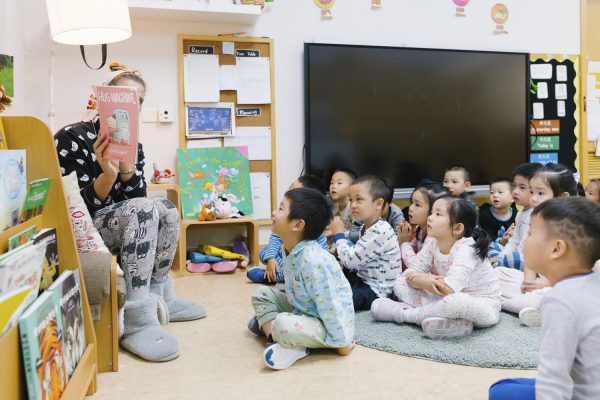
The pyjama parade was live-streamed to friends throughout the nursery, so that everyone had the opportunity to see the glorious array of bedtime attire and special furry visitors to the nursery.
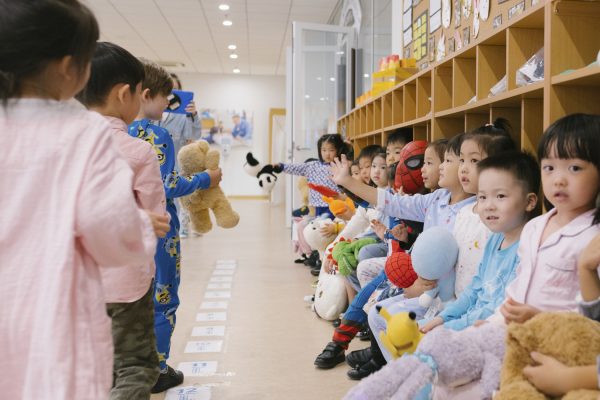
The day was fun, pure and simple and was enjoyed by all who participated. Our mission is to deliver an educational experience which is fun. I think it is fair to say that we accomplished our mission with 300 happy and content children as evidence of success.